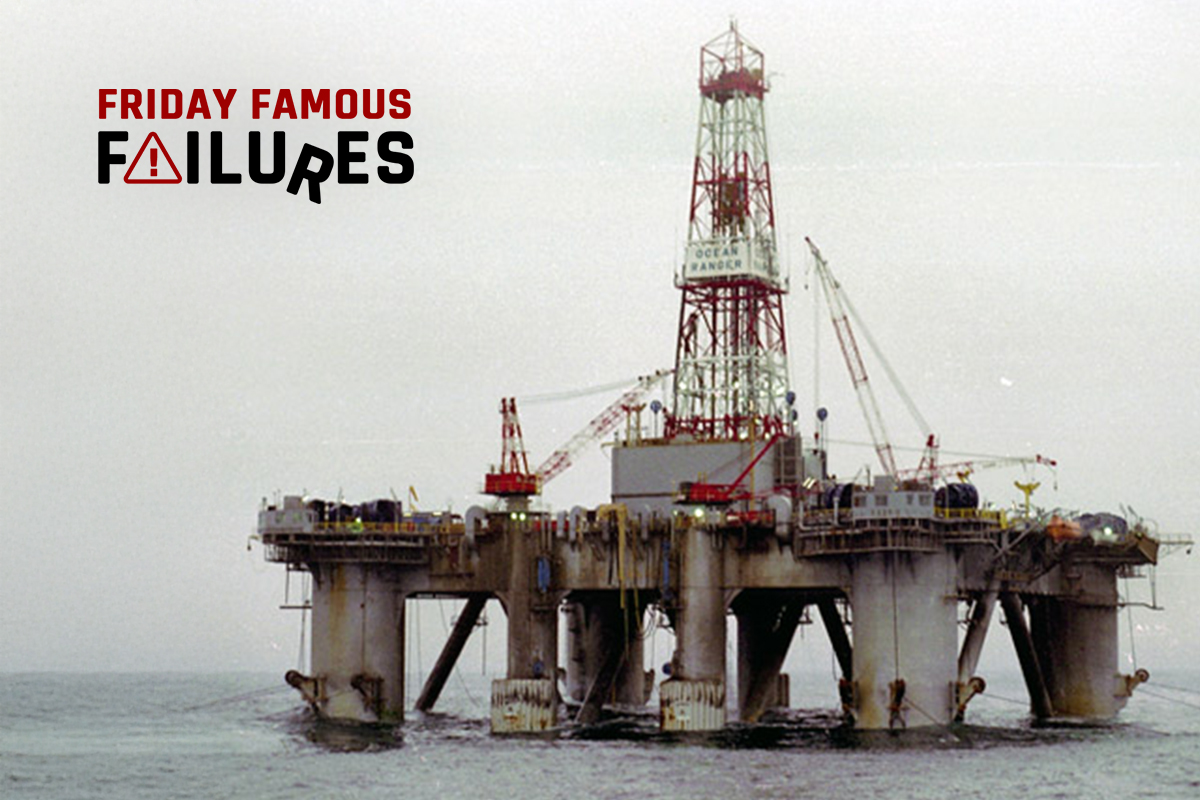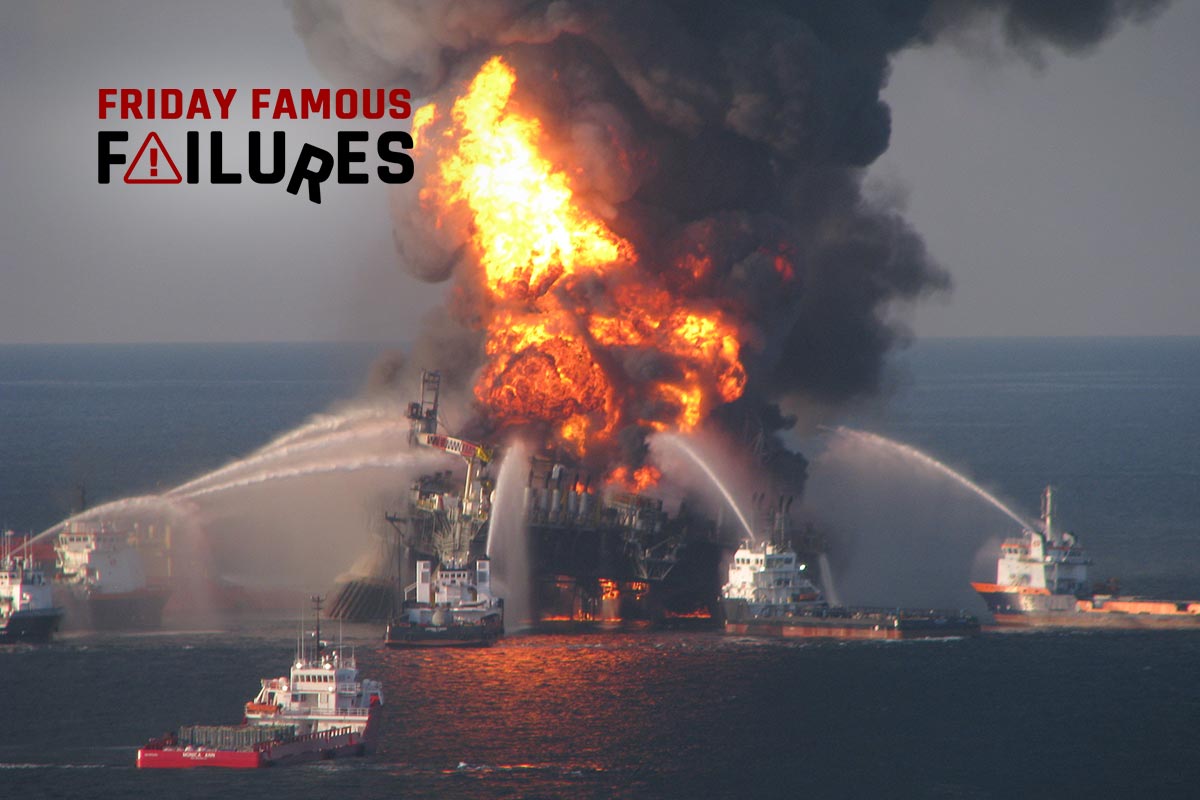Just after midnight on December 3, 1984, chemical gas began leaking from a pesticide plant in Bhopal, India, in the state of Madhya Pradesh. The gas was toxic and heavier than air, and it crept along the ground and easily infiltrated the shacks and huts of the crowded shantytown surrounding the plant.
The nighttime leak caught the city asleep, and many people died in their beds. Others woke up choking and experiencing burning in their nasal passages, lungs, and eyes. Some vomited, and others vomited blood.
A panic ensued, and many more were injured fleeing from the poison gas. When all was said and done, nearly 4,000 people died that night, and over 15,000 more died over the following days and months. Most of the dead were children, the elderly, and the weak.
How could such a major disaster happen?
History Of the UCIL Plant in Bhopal
The Union Carbide Corporation (UCC) started conducting business in India in 1934. In 1959, UCC spun off several subsidiary companies, including their India operations, which became Union Carbide India Limited (UCIL).
UCIL proposed the chemical plant in Bhopal to produce insecticides and herbicides, especially the methyl isocyanate (MIC)-based product SEVIN. These chemicals were needed to protect rice and cotton crops, on which that part of India largely relied for food and jobs.
The Indian government granted a license for the plant construction under certain conditions, which included maximizing local jobs provided by the construction and the operation of the plant, preferring Indian consulting and service firms, and training Indian nationals to be the engineers and managers of the plant.
Therefore, UCIL sent seven Indian engineers to the U.S. to help design the plant, which was to be based on a similar plant already operating in West Virginia. These engineers introduced plant design modifications “[to suit] Indian conditions” and to eliminate the “sophisticated instrumentation” used in the U.S plant. The Indian government required these changes so the Bhopal plant would be more labor-reliant than the U.S. plant and so it could use equipment that did not require foreign support.
To staff the plant, UCC brought over 40 engineers and scientists from India to train in the U.S. plant between 1977 and 1982. After a government-mandated one-year monitoring period by U.S. personnel from UCC, the plant was commissioned in February 1980. As constructed, the Bhopal plant met all the safety and environmental standards set by the Indian government.
Causal Factors of The Disaster
Loose safety culture of the plant. The Bhopal plant saw six major safety accidents before the disaster of 1984, three of which were chemical spills. A UCC safety audit in 1982, conducted in response to the high rate of accidents, found “no situations involving imminent danger or requiring immediate correction” but warned, “there is a concern that a runaway reaction could occur in one of the MIC unit storage tanks and that response to such a situation would not be timely or effective enough to prevent catastrophic failure of the tank.”
No emergency response plan. Local residents, government authorities, and first responders were never instructed on the hazards of a gas leak and had no training to address a leak or care for those exposed to the plant’s chemicals. Furthermore, there was no evacuation plan for the residents living in close proximity to the plant. The public siren designed to sound in an emergency was not turned on until almost 2 hours after the disaster.
Safety features were non-operational. There were a number of safety features designed to prevent chemical spills in the Bhopal plant, but most were not operating at the time of the disaster.
- MIC must be stored under pressure to prevent water or other contaminants from entering the mixture. Tank 610, where the leak occurred, was not pressurized or kept at the correct temperature.
- A pressure sensing system that was to sound an alarm if MIC tank pressure was too high or low hadn’t worked for years.
- A flare tower, intended to burn off toxic gases if there was an accidental release, had not been operational for months. The pilot light was “routinely extinguished when the plant was not operating.”
- The vent gas scrubbing unit (VGS), designed to neutralize escaping gases, was operating on standby and not automatically. Even if it had been operational, there was not enough sodium hydroxide to neutralize the volume of gas that spilled.
Theories On the Cause of the Chemical Spill
The “Water-Washing” Theory. Investigations showed that the leaked MIC was contaminated with water. Some investigators suggested that when flushing clogged pipes the night of the accident, plant operators failed to use a “slip blind” to keep the water from entering the MIC bath and inadvertently allowed the water to enter the MIC tank, which was not appropriately pressurized to prevent contamination.
The “Sabotage” Theory. UCC’s internal investigation of the disaster concluded that a disgruntled employee deliberately introduced large volumes of water into the system, claiming that the safety systems in the design of the tank would not have allowed inadvertent contamination.
In either case, the water-contaminated MIC reacted and overpressurized the holding tank, which would have forced the safety valves open. The broken pressure sensing equipment sounded no alarm, the flare tower could not burn off the escaping gas, and the scrubber was on standby and did not neutralize the toxicity of the gas.
Effects Of the Disaster
Indian government sources estimated 4,000 immediate deaths, with a total of 15,000 deaths attributed to the accident, including the succeeding days and weeks. The true number will never be known, because death certificates were issued haphazardly, and there were many mass graves created by the extremely poor residents of Bhopal.
The day after the disaster, a local policeman arrested five plant managers and charged them with “causing death by negligence or any rash act.” Several days later, three UCC and UCIL executives arrived in Bhopal and were immediately arrested; they were released on bail shortly afterward. It wasn’t until 2010 that eight former Indian employees of the plant were convicted of “death by negligence.” In 1989, UCC settled with the Indian government for $470m in damages.
Analysis of the disaster noted the safety systems used in the design and operation of the newer Bhopal plant were inferior to those in the older U.S. plant on which it was based. UCC was accused of failing to conduct due diligence monitoring before turning over the operation of the Bhopal plant to newly-trained Indian operators and managers. Yet, the differences in sophistication between the U.S. plant and the Bhopal plant stemmed from the requirements of the Indian government. The Bhopal plant met Indian safety and environmental standards, but it was inadequate by U.S. standards. Recognizing this, the Supreme Court of India affirmed the adequacy and finality of UCC’s $470m settlement in 2007.
In response to the Bhopal disaster, the U.S. Congress passed the 1986 Emergency Planning and Community Right to Know Act (EPCRA). This legislation allows state and local planning for chemical emergencies, provides for and requires public notification of emergency releases of chemicals, and addresses communities’ right-to-know about toxic and hazardous chemicals.









UCC could also have required India to permit an annual inspection of the Indian plant by US engineers which would in itself probably prevented the catastrophe.
Interesting because NOW chemical materials are kept secret to prevent terrorist incidents. West, Texas had a disastrous explosion that flattened 25% of the town and killed some 1st responders.
I remember this incident but do not remember much media coverage of the Indian government’s role in the plant design and operation.